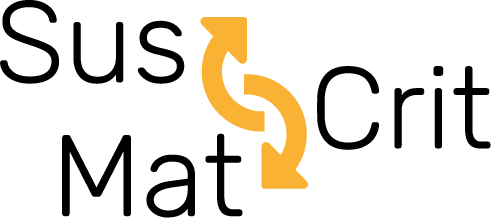Using the example of Cobalt-containing Li-ion batteries, Tatiana Vakhitova from Granta Design / Ansys introduces the 5-steps method of sustainability assessment and the three “capitals”. This is the topic of this module.
Module description
Sustainable development is understood as one that provides needed products or services in ways that minimizes the drain on resources, is legal, economically viable and acceptable to all stakeholders.
The mission of the proposed 5-step methodology is to provide a framework and toolkit for critical, independent discussion of a suggestion for sustainable developoment.
Challenges for electric cars (which experience an exponential growth) include:
- Most battery types contain toxic elements, such as Lead, Cadmium and some contain critical elements: Lithium, Cobalt
- Most electric motors contain magnets, which have rare earth elements: Neodymium, Samarium
Visualization tools in GRANTA’s EduPack allow us to have a quick overview of material properties to select the best alternative, for example, showing that the Li-ion battery is a very competitive battery alternative based on its overall performance.
Learning objectives:
- Systemic approach to complex sustainability challenges
- Introduction to topic of e-mobility from materials’ perspective
Teaching Materials


